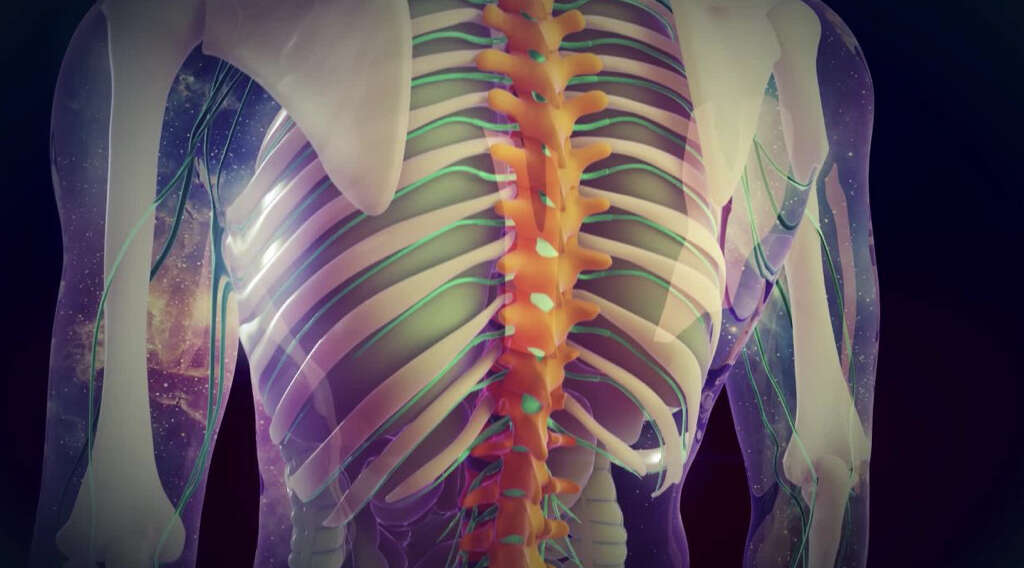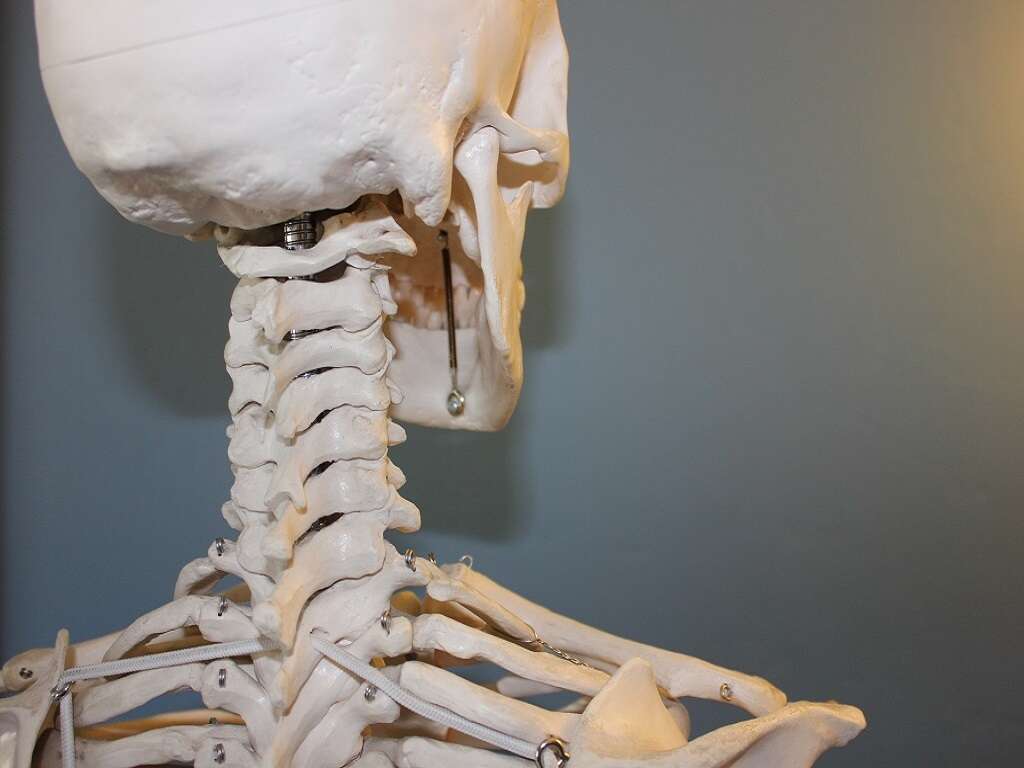What Is Transverse Myelitis?
Transverse myelitis is an inflammatory condition that occurs in the spinal column along a single section. The inflammation interrupts the signals between the brain, the nerves along the impacted section of the spinal cord and the connecting nerves in other areas of the body, leading to painful and debilitating symptoms.
This disorder can affect those of any gender, age or race. However, people between the ages of 10 and 19 are more prone to get the disorder, as are those between the ages of 30 and 39. There does not appear to be a genetic factor involved, and it does not run in families. Within the United States, approximately 1,400 people are diagnosed with the condition each year.

1. Transverse Myelitis Causes: Infections
The precise causes for transverse myelitis are unknown, though there are numerous associated factors. Infections from bacteria, viruses and, rarely, fungi have all been linked to the condition. Bacterial connections include syphilis, Lyme disease, tuberculosis, tetanus and diphtheria. On occasion, those who contract gastroenteritis and bacterial pneumonia also get the disorder.
A wide range of viral infections are linked to transverse myelitis. People who get shingles or chicken pox, along with other types of herpes viruses, are more likely to get the disorder, as are those who get hepatitis B and enteroviruses. Influenza, West Nile and Zika are commonly linked to the condition as well.
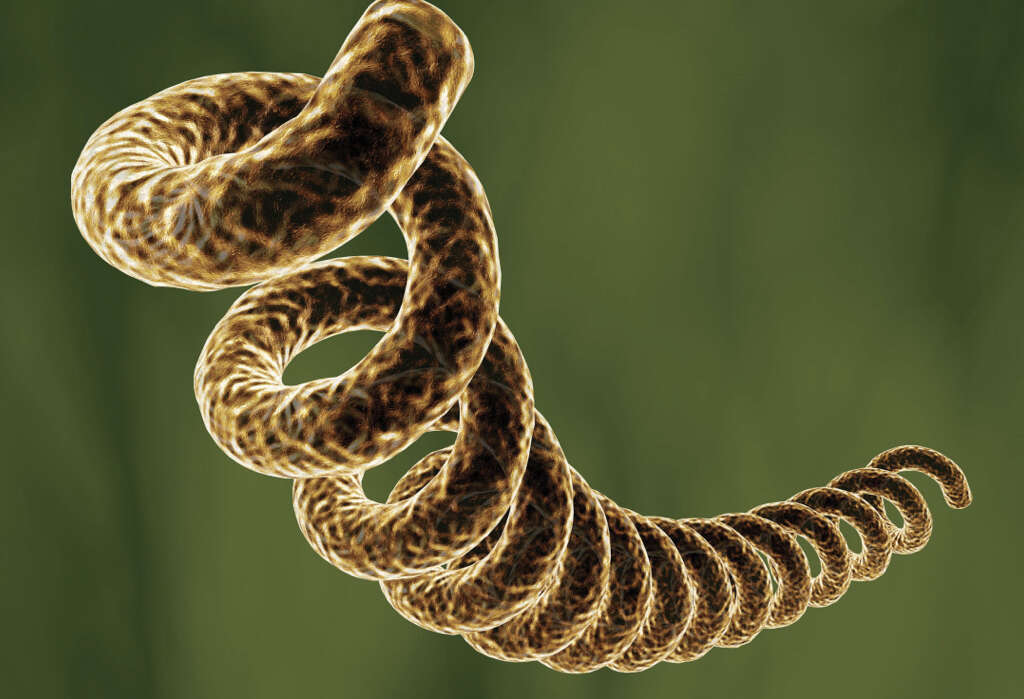
2. Transverse Myelitis Causes: Inflammatory Conditions
In addition to infections, there are several inflammatory conditions that appear to cause transverse myelitis. Multiple sclerosis is a condition in which the myelin sheath surrounding the nerves in the spinal cord is attacked and damaged by the immune system. Transverse myelitis can be an initial indicator of MS.
Other commonly associated inflammatory conditions include autoimmune disorders, such as lupus, Devic’s disease and sarcoidosis. Devic’s disease results in inflammation in the optic nerves as well as the spinal cord. Furthermore, there have been very rare occasions in which certain vaccinations for infectious diseases have been associated with transverse myelitis.
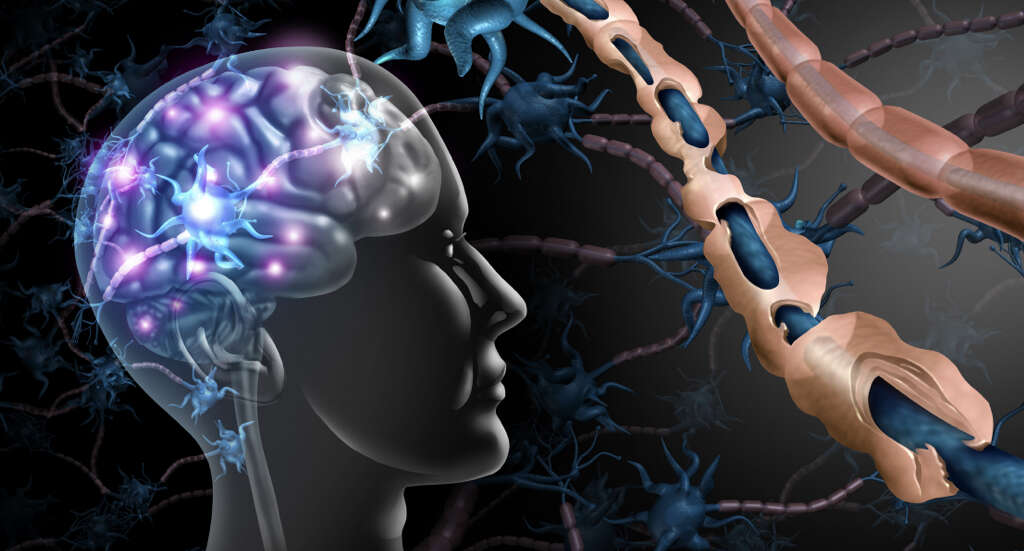
3. Transverse Myelitis Symptoms
The symptoms of transverse myelitis typically occur on both sides of the body, below the area of the spinal column that has been impacted. Though unusual, the symptoms can appear on just one side of the body. A sharp pain that starts in the back and shoots down the arms or legs or around the torso is often the first symptom people experience.
It is not uncommon to feel weakness in the arms or legs that lead to feelings of heaviness. On occasion, some people experience complete paralysis in the affected limbs. Many people also have problems with bowel movements or bladder control. Tingling or numbness in the affected areas may also occur.

4. When To Seek Medical Help
There are several neurological conditions with symptoms similar to those that occur with transverse myelitis. Some of these are medical emergencies and require immediate attention. Spinal cord compression is one such condition, as is a spinal stroke.
A spinal stroke impedes blood flow in the spinal column and can be caused by blood clotting or surgery on the aorta. If you experience any of the symptoms of transverse myelitis, it is important to seek medical care quickly to receive a diagnosis and rule out a potential medical emergency.
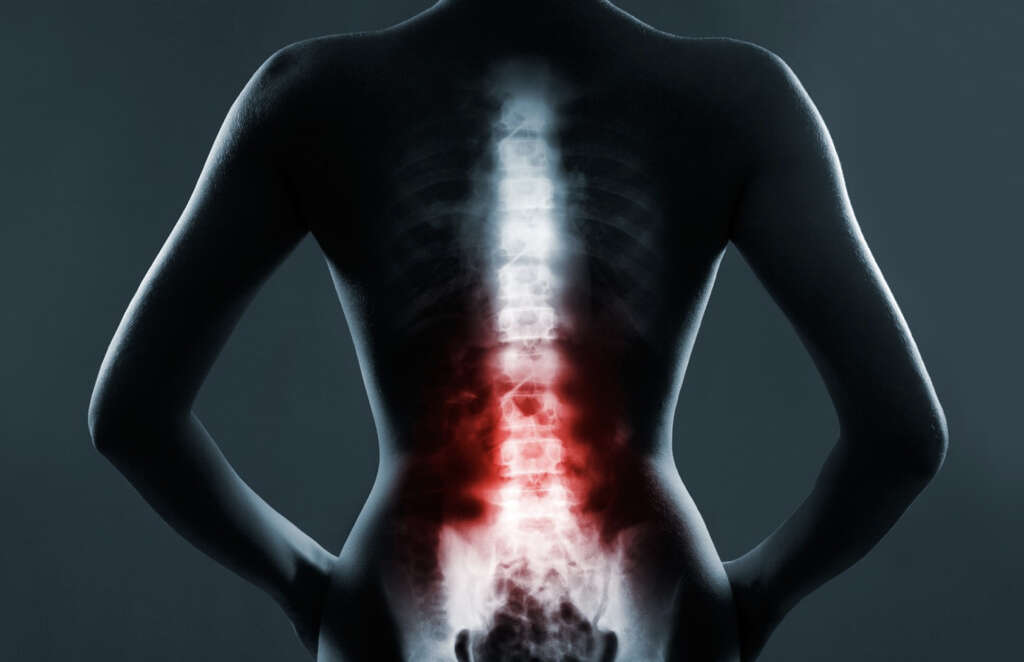
5. Transverse Myelitis Complications
Transverse myelitis can result in a few complications. Though most people have only a single episode, the condition’s complications can last for months. Debilitating pain often lingers for long after the first symptoms appear. Muscle stiffness and spasms are also common.
Another lasting physical complication is sexual dysfunction, which affects both men and women. Long-term conditions like transverse myelitis frequently lead to depression and anxiety due to chronic pain, loss of quality of life and the subsequent changes in lifestyle.

6. Transverse Myelitis Diagnosis
Diagnosis involves an assessment of symptoms followed by neurological testing. The tests are used to detect the presence of inflammation and rule out other causes. Magnetic resonance imaging provides a 3D image of the soft tissue that can reveal whether there is swelling along the spinal cord.
The doctor may order a spinal tap. This test is used to determine the white blood cell count in the spinal column, which can be high in some people with transverse myelitis. Blood tests are run to detect the antibodies for Devic’s disease. People with this condition are prone to multiple episodes of transverse myelitis and may require additional treatment.
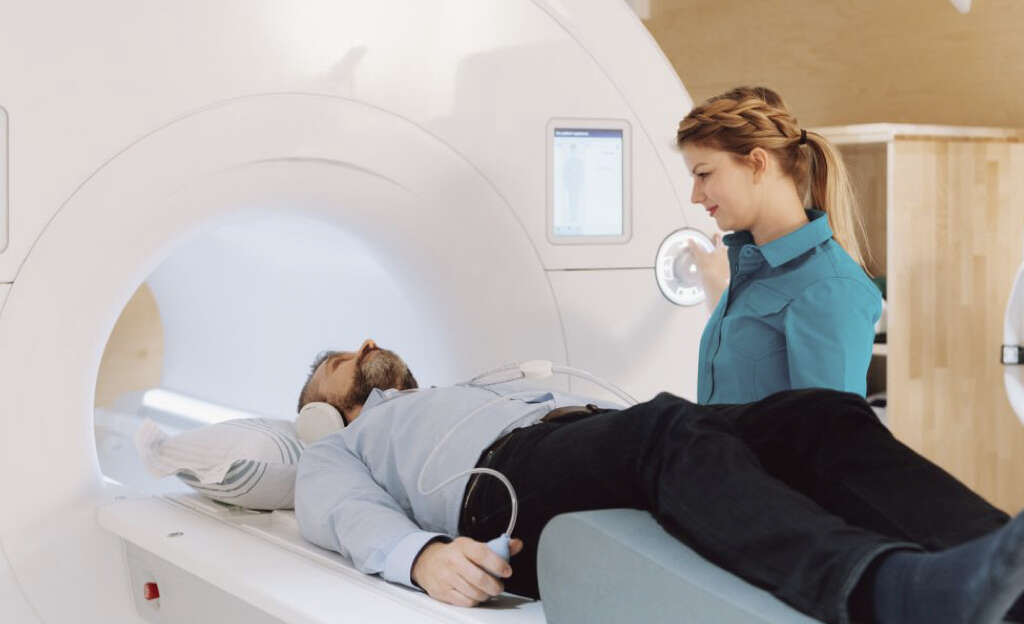
7. Transverse Myelitis Treatment
The treatments used address the inflammation as well as any potential infections that cause the disorder. They also help alleviate the symptoms. Corticosteroids, given intravenously, inhibit the immune system and reduce spinal inflammation. Intravenous immunoglobulin can also help the immune system return to normal functioning.
When a person does not respond to steroid treatment, plasma exchange therapy is an alternative approach. Doctors frequently prescribe antivirals to treat underlying viral infections and medication to reduce pain severity. Additional medications may be prescribed to alleviate other symptoms such as incontinence, muscle contractions and sexual dysfunction.

8. Transverse Myelitis Rehabilitative Therapy
Recovery from transverse myelitis often includes rehabilitation. Physical therapy is typically necessary to improve coordination and strength in affected limbs. When complete recovery is not possible or takes a significant amount of time, assistive technology may be needed.
The condition can lead to a temporary or permanent reduction in limb function. An occupational therapist may help the individual relearn how to perform day-to-day activities. For those who experience depression or anxiety, psychotherapy can treat these conditions. Talk therapy may also help those who experience sexual dysfunction.

9. Preventative Measures Against Future Episodes
While most people do not have recurring episodes, they do happen for some. Those who are diagnosed with Devic’s disease are particularly at risk, as are people who have MS. In these cases, additional treatments are necessary to prevent future episodes.
When Devic’s disease is the underlying cause of transverse myelitis, medications that suppress the immune system are often prescribed. For people who have MS, immunomodulatory or immunosuppressant medications may be given.

10. Transverse Myelitis Prognosis
There is no cure for the disorder, but most people who contract transverse myelitis are able to recover at least a degree of functioning. In general, the majority of recovery occurs within the first three months after onset, though the process can continue for up to two years. Some people experience a complete recovery from the disorder.
When improvement does not begin within the first few months, complete recovery is unlikely. Partial recovery for these individuals is still possible when aggressive treatments along with physical therapy are pursued. Long-term impacts include difficulty walking, sexual dysfunction and bowel and bladder issues.
